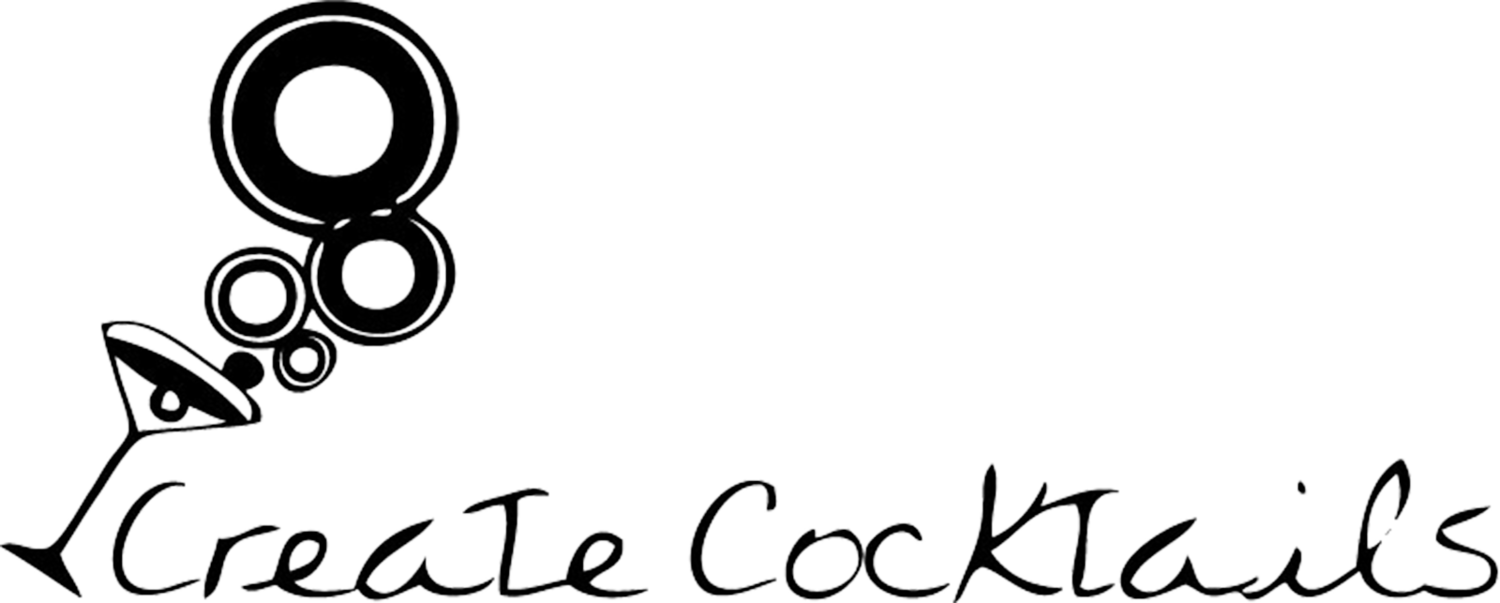Understanding Non-Binary Identities

In a world often defined by rigid binaries, non-binary identities offer a powerful challenge to traditional notions of gender. Beyond the confines of “male” and “female,” individuals who identify as non-binary embrace a spectrum of experiences and expressions that defy simplistic categorization. This exploration delves into the nuances of non-binary identities, examining their historical roots, diverse manifestations, and the ongoing fight for recognition and inclusivity.
Defining Non-Binary
Non-binary is an umbrella term encompassing gender identities that fall outside the traditional categories of male and female. It recognizes that gender is a spectrum rather than a binary, allowing individuals to express and experience their gender in ways that may not align with societal expectations.
Non-binary individuals may identify as both male and female, neither male nor female, or somewhere in between. Some non-binary people use pronouns like they/them, while others may use different pronouns altogether or choose to go by a name that reflects their gender identity.
Understanding and respecting non-binary identities is crucial for fostering an inclusive society where all individuals feel seen, heard, and valued for who they are.
Beyond the Gender Binary
Non-binary identities represent a significant challenge to traditional binary understandings of gender. This departure from the confines of “male” and “female” recognizes the fluidity and diversity of human experiences. Individuals who identify as non-binary express their gender in ways that may not conform to societal norms, embracing a spectrum of possibilities beyond the limitations of a binary system.
The term “non-binary” encompasses a wide range of identities, each with its unique nuances and expressions. Some individuals identify as agender, meaning they do not identify with any gender. Others may identify as bigender, experiencing two distinct genders or fluctuating between them. There are also those who identify as genderfluid, whose gender identity changes over time.
Language plays a vital role in acknowledging and respecting non-binary identities. Using correct pronouns is essential, as it affirms an individual’s chosen self-expression. While many non-binary individuals use they/them pronouns, others may prefer different pronouns or go by names that reflect their gender identity. It is always best to ask for someone’s preferred pronouns and to use them respectfully.
Creating a truly inclusive society requires understanding and embracing the diversity of human experiences, including non-binary identities. By challenging binary thinking and fostering open dialogue, we can create a world where everyone feels seen, heard, and valued for who they are.
Experiences of Non-Binary Individuals
Non-binary is an umbrella term encompassing gender identities that fall outside the traditional categories of male and female. It recognizes that gender is a spectrum rather than a binary, allowing individuals to express and experience their gender in ways that may not align with societal expectations.
Non-binary individuals may identify as both male and female, neither male nor female, or somewhere in between. Some non-binary people use pronouns like they/them, while others may use different pronouns altogether or choose to go by a name that reflects their gender identity.
Understanding and respecting non-binary identities is crucial for fostering an inclusive society where all individuals feel seen, heard, and valued for who they are.
Non-binary identities represent a significant challenge to traditional binary understandings of gender. This departure from the confines of “male” and “female” recognizes the fluidity and diversity of human experiences. Individuals who identify as non-binary express their gender in ways that may not conform to societal norms, embracing a spectrum of possibilities beyond the limitations of a binary system.
The term “non-binary” encompasses a wide range of identities, each with its unique nuances and expressions. Some individuals identify as agender, meaning they do not identify with any gender. Others may identify as bigender, experiencing two distinct genders or fluctuating between them. There are also those who identify as genderfluid, whose gender identity changes over time.
Language plays a vital role in acknowledging and respecting non-binary identities. Using correct pronouns is essential, as it affirms an individual’s chosen self-expression. While many non-binary individuals use they/them pronouns, others may prefer different pronouns or go by names that reflect their gender identity. It is always best to ask for someone’s preferred pronouns and to use them respectfully.
Creating a truly inclusive society requires understanding and embracing the diversity of human experiences, including non-binary identities. By challenging binary thinking and fostering open dialogue, we can create a world where everyone feels seen, heard, and valued for who they are.
The Spectrum of Non-Binary Identities
Beyond traditional notions of “male” and “female,” non-binary identities challenge societal norms by encompassing a spectrum of gender expressions and experiences. This exploration delves into the richness and diversity within the non-binary community, examining its historical context, various manifestations, and the ongoing pursuit of inclusivity and recognition.
Genderfluid

Genderfluid is a term used to describe individuals whose gender identity shifts or fluctuates over time. It encompasses a spectrum of experiences where a person may identify as male, female, both, neither, or somewhere in between at different points in their lives. These changes can be gradual or sudden and may be influenced by various factors such as emotions, situations, or personal growth.
It’s important to recognize that genderfluidity is a valid and authentic experience. Understanding and respecting the fluidity of an individual’s gender identity requires open-mindedness, patience, and a willingness to learn about different ways of experiencing and expressing gender.
Agender
Agender is a non-binary identity where an individual does not identify with any gender. This means they don’t feel connected to the concepts of male, female, or any other gender category. For agender individuals, gender is not a defining aspect of their identity.

It’s important to remember that agender is a distinct identity from being transgender. While transgender people have a gender identity that differs from the sex they were assigned at birth, agender individuals do not identify with any gender at all.
Like all non-binary identities, respecting an agender person’s pronouns and chosen name is crucial for creating an inclusive environment.
Bigender
Bigender is a non-binary identity characterized by the experience of two distinct genders. Bigender individuals may identify as both male and female, or they might fluctuate between these genders over time. Some bigender people experience their genders as equally present, while others might feel one gender more strongly than the other at different points.
Understanding and respecting bigender identities requires recognizing that gender is not always fixed or binary. Bigender individuals express their gender in unique ways, and it’s important to allow them to define and express their own experiences.
Other Non-Binary Identities
Beyond traditional notions of “male” and “female,” non-binary identities challenge societal norms by encompassing a spectrum of gender expressions and experiences. This exploration delves into the richness and diversity within the non-binary community, examining its historical context, various manifestations, and the ongoing pursuit of inclusivity and recognition.
-
Genderfluid is a term used to describe individuals whose gender identity shifts or fluctuates over time. It encompasses a spectrum of experiences where a person may identify as male, female, both, neither, or somewhere in between at different points in their lives. These changes can be gradual or sudden and may be influenced by various factors such as emotions, situations, or personal growth.
It’s important to recognize that genderfluidity is a valid and authentic experience. Understanding and respecting the fluidity of an individual’s gender identity requires open-mindedness, patience, and a willingness to learn about different ways of experiencing and expressing gender.
-
Agender is a non-binary identity where an individual does not identify with any gender. This means they don’t feel connected to the concepts of male, female, or any other gender category. For agender individuals, gender is not a defining aspect of their identity.
It’s important to remember that agender is a distinct identity from being transgender. While transgender people have a gender identity that differs from the sex they were assigned at birth, agender individuals do not identify with any gender at all.
Like all non-binary identities, respecting an agender person’s pronouns and chosen name is crucial for creating an inclusive environment.
-
Bigender is a non-binary identity characterized by the experience of two distinct genders. Bigender individuals may identify as both male and female, or they might fluctuate between these genders over time. Some bigender people experience their genders as equally present, while others might feel one gender more strongly than the other at different points.
Understanding and respecting bigender identities requires recognizing that gender is not always fixed or binary. Bigender individuals express their gender in unique ways, and it’s important to allow them to define and express their own experiences.
Language and Pronouns
The English language has evolved significantly in recent years to better reflect the diversity of human experience. One key area of change is in the understanding and use of pronouns. While traditionally, “he” and “she” were used to denote masculine and feminine genders respectively, the rise of non-binary identities has brought about a need for more inclusive language.
Respectful Communication
Non-binary individuals may choose to use pronouns like they/them, which is a singular, gender-neutral pronoun set. Others may prefer different pronoun sets altogether or opt for a name that reflects their gender identity.
- It’s essential to remember that using someone’s correct pronouns is a fundamental aspect of respect and inclusion.
- When in doubt, it’s always best to politely ask an individual about their preferred pronouns.
By making a conscious effort to use inclusive language, we can create a more welcoming and accepting environment for everyone.
Preferred Pronouns
Beyond traditional notions of “male” and “female,” non-binary identities challenge societal norms by encompassing a spectrum of gender expressions and experiences. This exploration delves into the richness and diversity within the non-binary community, examining its historical context, various manifestations, and the ongoing pursuit of inclusivity and recognition.
Genderfluid is a term used to describe individuals whose gender identity shifts or fluctuates over time. It encompasses a spectrum of experiences where a person may identify as male, female, both, neither, or somewhere in between at different points in their lives. These changes can be gradual or sudden and may be influenced by various factors such as emotions, situations, or personal growth.
It’s important to recognize that genderfluidity is a valid and authentic experience. Understanding and respecting the fluidity of an individual’s gender identity requires open-mindedness, patience, and a willingness to learn about different ways of experiencing and expressing gender.
Agender is a non-binary identity where an individual does not identify with any gender. This means they don’t feel connected to the concepts of male, female, or any other gender category. For agender individuals, gender is not a defining aspect of their identity.
It’s important to remember that agender is a distinct identity from being transgender. While transgender people have a gender identity that differs from the sex they were assigned at birth, agender individuals do not identify with any gender at all.
Like all non-binary identities, respecting an agender person’s pronouns and chosen name is crucial for creating an inclusive environment.
Bigender is a non-binary identity characterized by the experience of two distinct genders. Bigender individuals may identify as both male and female, or they might fluctuate between these genders over time. Some bigender people experience their genders as equally present, while others might feel one gender more strongly than the other at different points.
Understanding and respecting bigender identities requires recognizing that gender is not always fixed or binary. Bigender individuals express their gender in unique ways, and it’s important to allow them to define and express their own experiences.
The English language has evolved significantly in recent years to better reflect the diversity of human experience. One key area of change is in the understanding and use of pronouns. While traditionally, “he” and “she” were used to denote masculine and feminine genders respectively, the rise of non-binary identities has brought about a need for more inclusive language.
Non-binary individuals may choose to use pronouns like they/them, which is a singular, gender-neutral pronoun set. Others may prefer different pronoun sets altogether or opt for a name that reflects their gender identity.
- It’s essential to remember that using someone’s correct pronouns is a fundamental aspect of respect and inclusion.
- When in doubt, it’s always best to politely ask an individual about their preferred pronouns.
By making a conscious effort to use inclusive language, we can create Back to the Zone a more welcoming and accepting environment for everyone.
Social Implications and Challenges
The push for non-binary recognition challenges long-held societal norms and traditional binary views of gender. This shift requires adapting language, challenging assumptions, and fostering understanding. Non-binary individuals face ongoing struggles for acceptance, visibility, and equal rights in various aspects of life, including healthcare, employment, and legal recognition.
Misgendering and Discrimination
Misgendering, the act of assigning a gender to someone that does not align with their identity, is a harmful form of discrimination that can have deeply negative impacts on non-binary individuals. It invalidates their experiences, reinforces societal stigma, and can contribute to feelings of isolation, stress, and anxiety.
In addition to the emotional distress caused by misgendering, it can also lead to practical challenges. For instance, being consistently misgendered in healthcare settings can result in inadequate or inappropriate treatment. Similarly, in professional contexts, misgendering can create a hostile work environment and hinder opportunities for advancement.
Combatting misgendering requires a multifaceted approach that involves raising awareness, promoting education, and fostering empathy. Encouraging open conversations about gender identity, educating ourselves on the diverse range of gender expressions, and actively using individuals’ correct pronouns are crucial steps towards creating a more inclusive society where everyone feels respected and valued.
Beyond individual actions, systemic change is essential to address the root causes of discrimination against non-binary individuals. This includes advocating for legal protections against gender-based discrimination, promoting inclusive policies in workplaces and educational institutions, and ensuring that healthcare systems are equipped to provide affirming and competent care for all individuals, regardless of their gender identity.
Visibility and Representation
Non-binary identities present a significant challenge to traditional binary understandings of gender. This departure from “male” and “female” recognizes the fluidity and diversity of human experiences, empowering individuals to express their gender in ways that may not conform to societal norms. This shift necessitates a broader understanding of gender and a commitment to inclusivity.
The visibility of non-binary individuals is increasing as more people embrace their true identities and share their stories. This increased representation is crucial for fostering acceptance and breaking down harmful stereotypes. However, challenges remain in achieving full equality and recognition.
Language plays a vital role in acknowledging and respecting non-binary identities. Using correct pronouns is essential, as it affirms an individual’s chosen self-expression. While many non-binary individuals use they/them pronouns, others may prefer different pronouns or go by names that reflect their gender identity. It is crucial to ask for someone’s preferred pronouns and use them respectfully.
Beyond language, creating a truly inclusive society requires challenging binary thinking and fostering open dialogue about gender. This includes advocating for legal protections against discrimination based on gender identity, promoting inclusive policies in workplaces and educational institutions, and ensuring that healthcare systems are equipped to provide affirming care for all individuals.
Advocacy and Support
Non-binary identities are reshaping our understanding of gender, moving beyond the confines of “male” and “female.” This shift challenges traditional norms and necessitates a greater acceptance of fluidity and diversity in human expression.
Understanding and respecting non-binary identities is crucial for creating a more inclusive society. Key areas to focus on include:
* **Language:** Using correct pronouns is essential. Respect an individual’s chosen name and pronoun usage, as it affirms their identity.
* **Education:** Learning about different gender identities and expressions expands our understanding and fosters empathy.
* **Advocacy:** Supporting policies that protect non-binary individuals from discrimination in areas like employment, healthcare, and housing is vital for creating equality.
By embracing diversity and challenging rigid binary thinking, we can build a society where everyone feels seen, heard, and valued.
- Dermal Fillers In Kingston Upon Thames KT1 - September 23, 2025
- Chin Augmentation With Chin Filler Near Worplesdon, Surrey - September 21, 2025
- Can Your Body Reject Filler Months Later? - September 19, 2025
